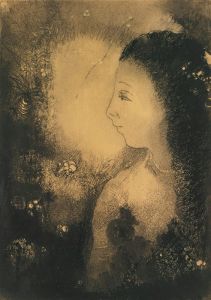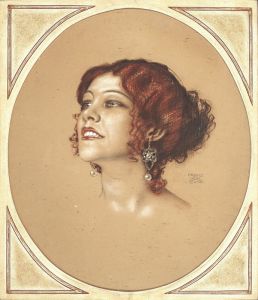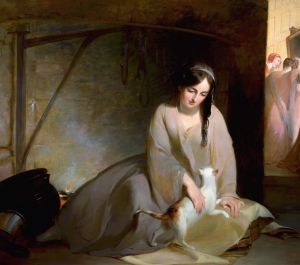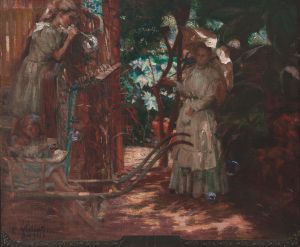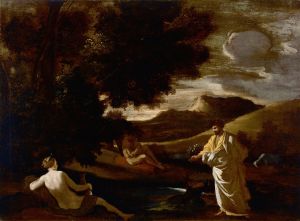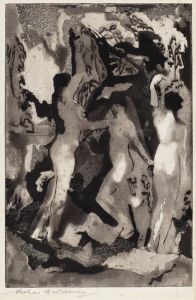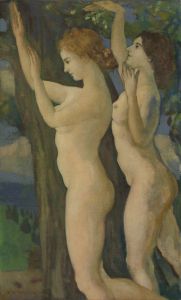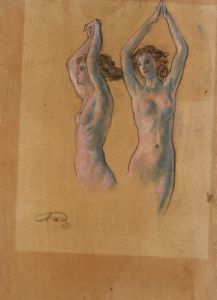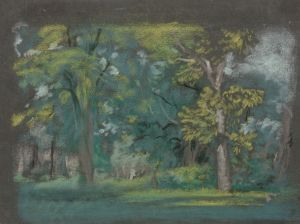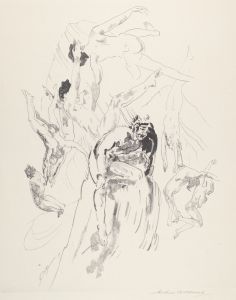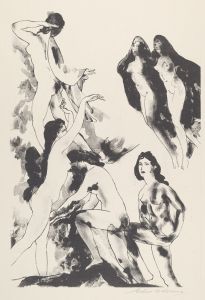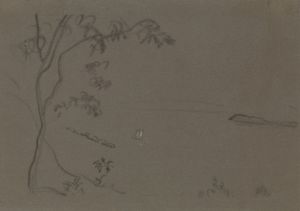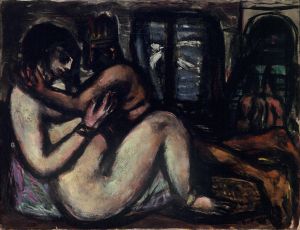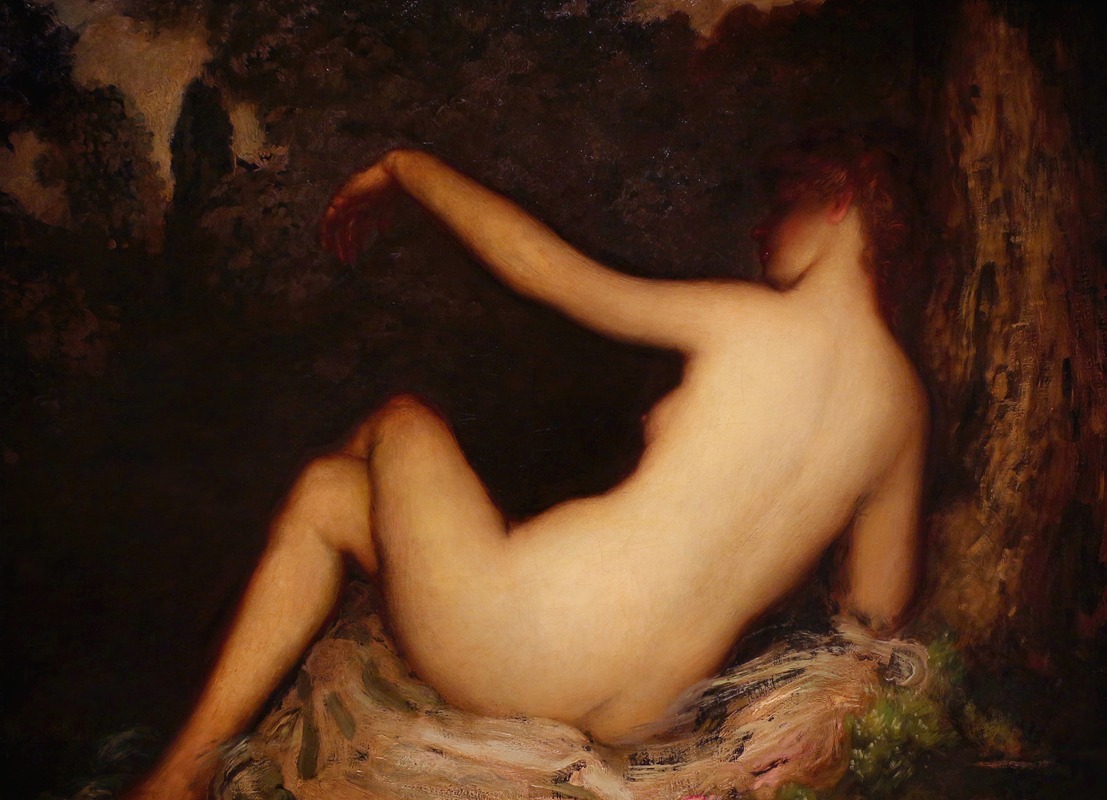
The butterfly
A hand-painted replica of Arthur Bowen Davies’s masterpiece The butterfly, meticulously crafted by professional artists to capture the true essence of the original. Each piece is created with museum-quality canvas and rare mineral pigments, carefully painted by experienced artists with delicate brushstrokes and rich, layered colors to perfectly recreate the texture of the original artwork. Unlike machine-printed reproductions, this hand-painted version brings the painting to life, infused with the artist’s emotions and skill in every stroke. Whether for personal collection or home decoration, it instantly elevates the artistic atmosphere of any space.
Arthur Bowen Davies was an American artist known for his role in the early 20th-century art scene, particularly as a member of The Eight, a group of artists who challenged the academic standards of the time. One of his notable works is "The Butterfly," which exemplifies his unique style that blends elements of symbolism, romanticism, and modernism.
"The Butterfly" is a painting that reflects Davies' fascination with ethereal and dreamlike subjects. Although specific details about the painting's creation date and its current location are not widely documented, it is representative of Davies' broader body of work, which often features mystical and allegorical themes. His paintings frequently depict figures in natural settings, often with a sense of movement and fluidity that suggests a connection between the human and natural worlds.
Davies was born in Utica, New York, in 1862 and studied at the Art Institute of Chicago and the Art Students League of New York. His early work was influenced by the Symbolist movement, which is evident in "The Butterfly" through its use of delicate forms and a focus on the transcendental aspects of nature. The painting likely features a butterfly, a common symbol of transformation and the ephemeral nature of beauty, which aligns with Davies' interest in capturing fleeting moments and the unseen forces of the universe.
Throughout his career, Davies was involved in various artistic movements and was a key figure in organizing the 1913 Armory Show, which introduced American audiences to European avant-garde art. This exposure to new styles and ideas may have influenced his work, including "The Butterfly," by encouraging a departure from traditional techniques and embracing more abstract and expressive forms.
Davies' work, including "The Butterfly," is characterized by a soft palette and a dreamlike quality, often achieved through the use of light and shadow to create a sense of depth and mystery. His paintings frequently evoke a sense of calm and introspection, inviting viewers to contemplate the deeper meanings behind the imagery.
While "The Butterfly" is not as widely recognized as some of Davies' other works, it remains an important piece within his oeuvre, illustrating his commitment to exploring the intersection of reality and imagination. His ability to convey complex emotions and ideas through simple yet evocative imagery has secured his place as a significant figure in American art history.
In summary, "The Butterfly" by Arthur Bowen Davies is a testament to the artist's skill in blending traditional and modern elements to create works that are both visually captivating and intellectually stimulating. Through his use of symbolism and a focus on the natural world, Davies invites viewers to explore the mysteries of life and the beauty of transformation.






